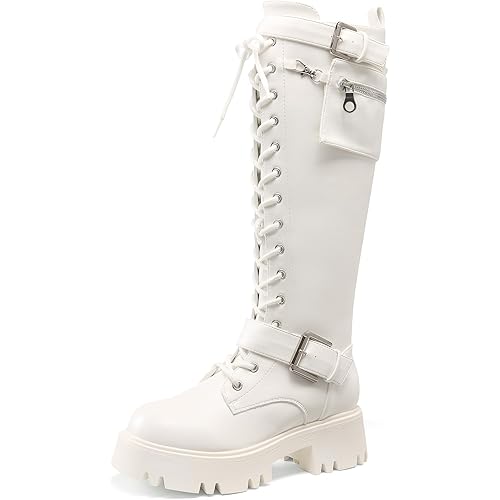







Buy Now, Pay Later
- – 6-month term
- – No impact on credit
- – Instant approval decision
- – Secure and straightforward checkout
Ready to go? Add this product to your cart and select a plan during checkout.
Payment plans are offered through our trusted finance partners Klarna, PayTomorrow, Affirm, Afterpay, Apple Pay, and PayPal. No-credit-needed leasing options through Acima may also be available at checkout.
Learn more about financing & leasing here.
Selected Option
30-day refund/replacement
To qualify for a full refund, items must be returned in their original, unused condition. If an item is returned in a used, damaged, or materially different state, you may be granted a partial refund.
To initiate a return, please visit our Returns Center.
View our full returns policy here.
Recently Viewed
Color: Rose Gold/Blue Grey
Edition: Charge 3 Activity Tracker
Date First Available : June 20, 2019
Brand, Seller, or Collection Name: Fitbit
Model number: FB409RGGY
Part Number: FB409RGGY
Item Shape: Rectangular
Case material: Aluminum
Band Color: Blue Gray / Rose Gold Aluminum
Dial color: Blue Gray / Rose Gold Aluminum
Special features: Activity Tracker
Item weight: 4 ounces
Water resistant depth: 50 Meters
Warranty: Product Warranty For warranty information about this product, please click here. [PDF ]
Frequently asked questions
To initiate a return, please visit our Returns Center.
View our full returns policy here.
- Klarna Financing
- Affirm Pay in 4
- Affirm Financing
- Afterpay Financing
- PayTomorrow Financing
- Financing through Apple Pay
Learn more about financing & leasing here.























